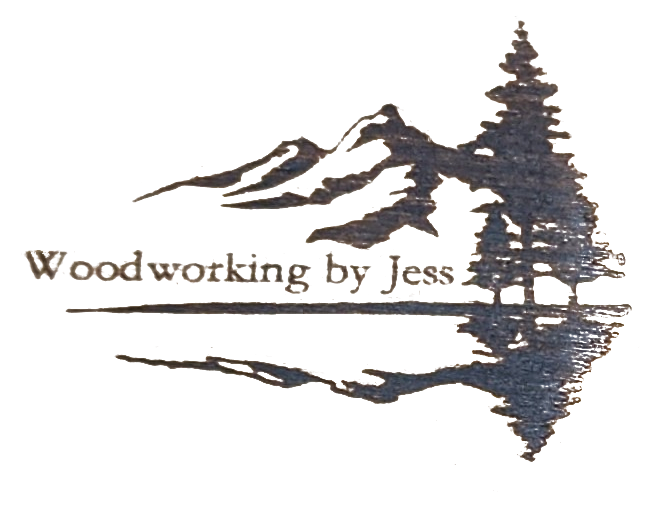Cutting Board / Cheese Board Care & Feeding
Cleaning
When possible, wipe with a damp paper towel to clean, drying immediately after. Can be hand-washed with dish soap and lightly scrubbed, but this may shorten the life of the conditioner. After cleaning, hand dry and stand vertically to let air dry on all sides. Do not submerge or run any wooden cutting board or cheese board through the dishwasher!
Warping
A very small amount of temporary warping is normal, and (for cutting boards) can be made less noticeable by placing the board on a towel during use or adding small rubber feet. I leave them off so the board can be used on both sides. More significant warping is indicative of a difference in moisture content between the top and bottom of the board. This may happen if the board isn’t fully dried (by hand and air) evenly on both sides. If standing the board vertically for a few days doesn't help, you may have success wetting the bowed (convex) side, then leaving that side up to air dry.
Conditioning
Apply a cutting board conditioner every 1-2 months or whenever the board looks dry (pale colors, no luster)
Good conditioners
Mix of mineral oil and beeswax
Many commercially available board conditioners use these ingredients
I sell a conditioner called “Board Butter” with these ingredients, which can be purchased here
Any commercially available cutting board or butcher block oil or conditioner, such as Walrus Oil brand cutting board oil. Look for natural/simple ingredients.
Mineral oil (works well, but doesn’t last as long as the other options)
Note: Food oils (including vegetable and olive oils) can go rancid. Avoid them.
Board Butter Instructions
Use a rag or paper towel to lightly coat the dry cutting board. Wait at least 15 minutes, then rub in / rub off excess using a clean, dry rag or paper towel.
